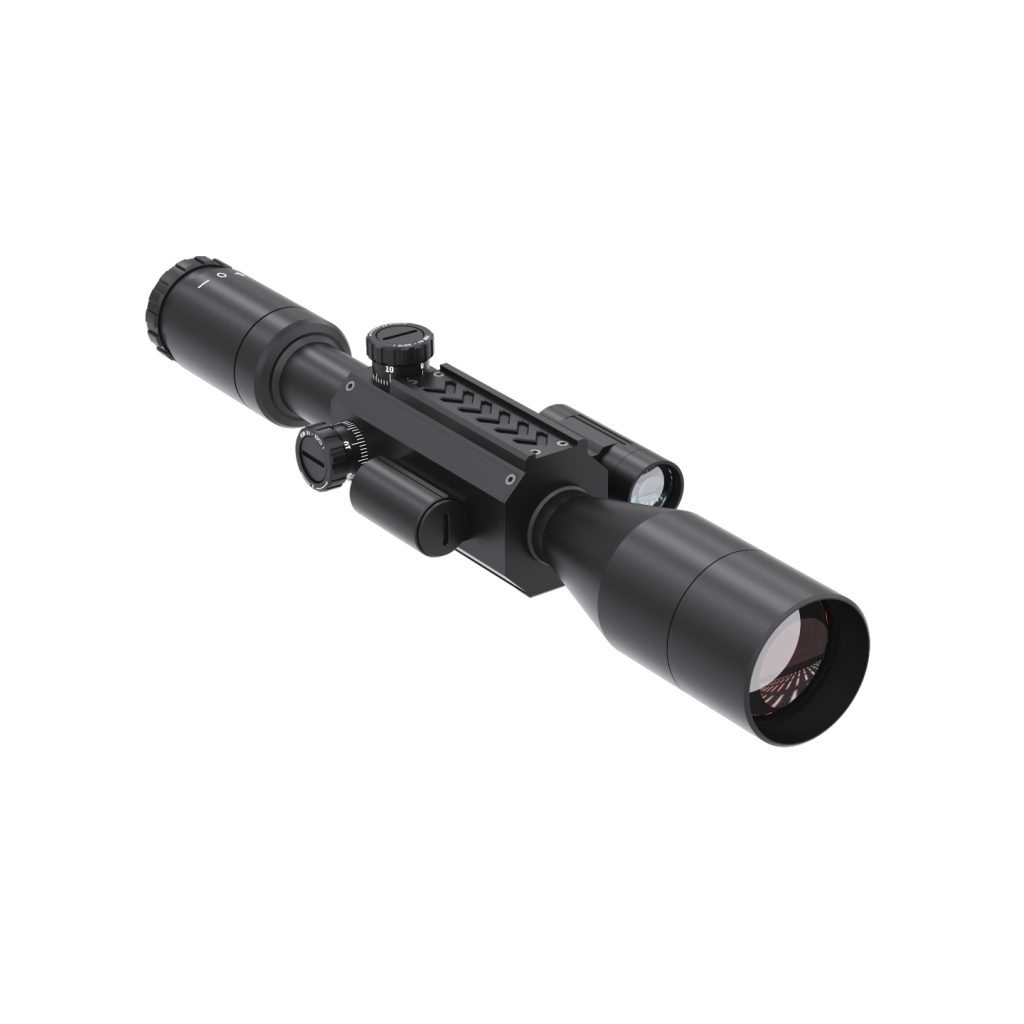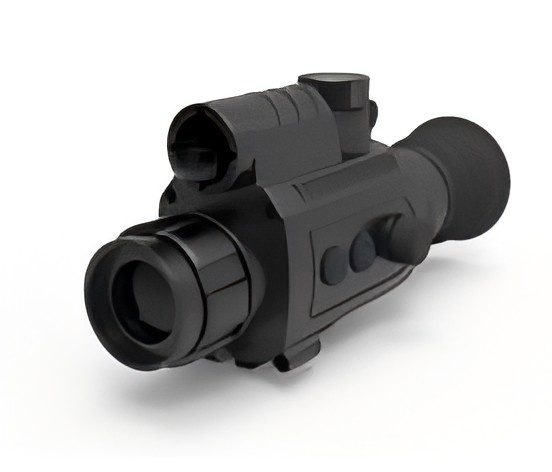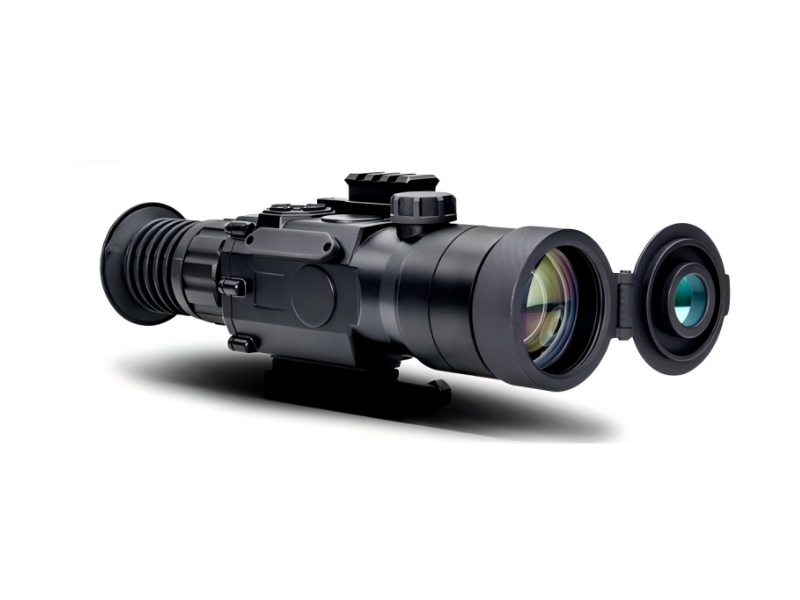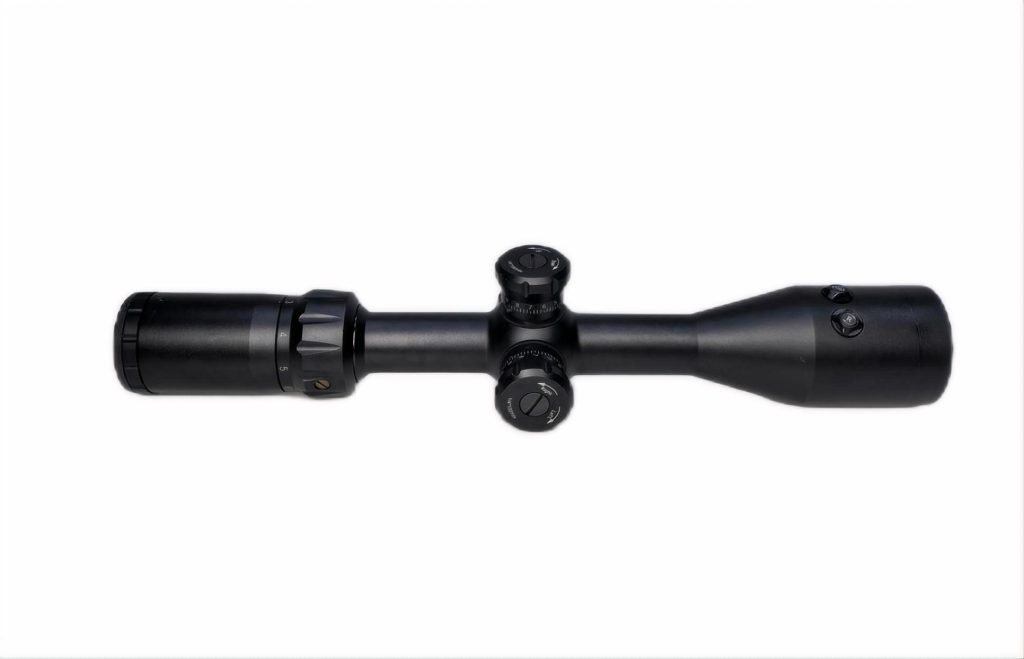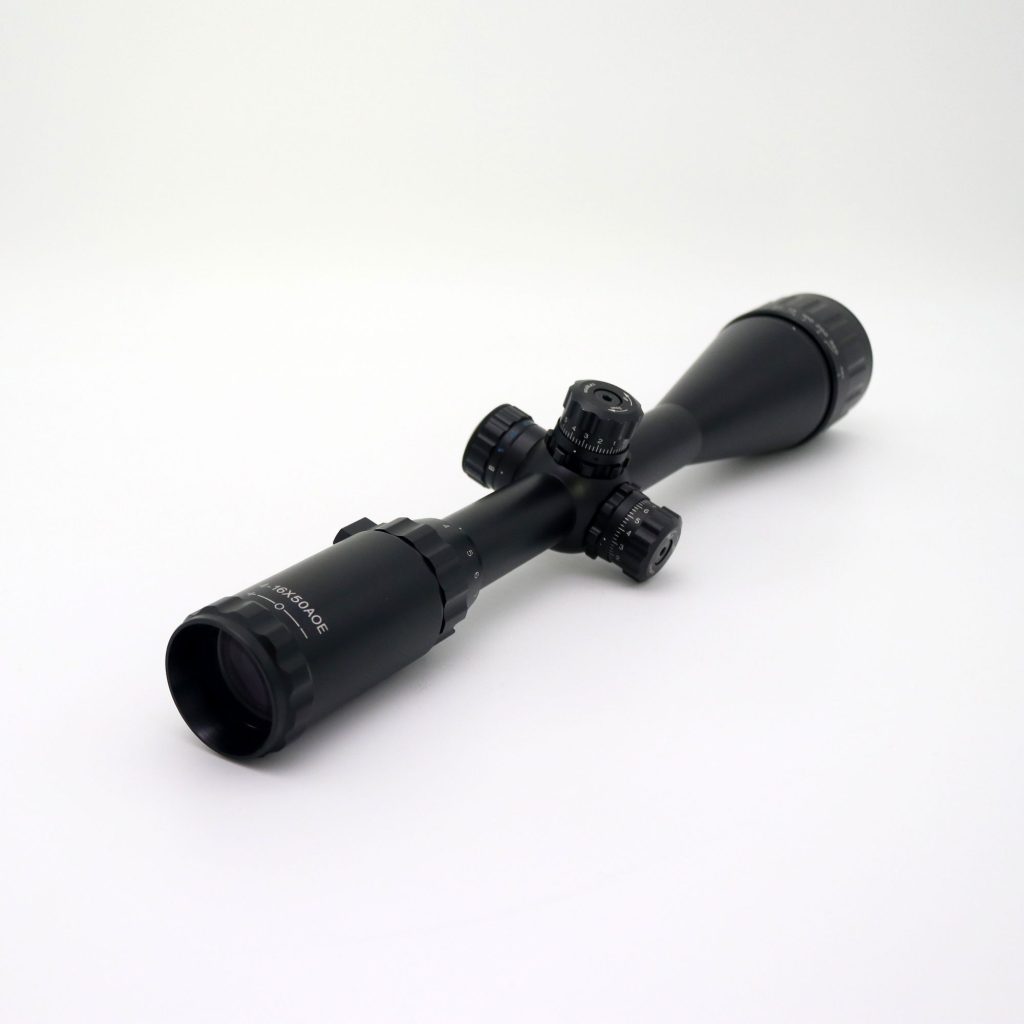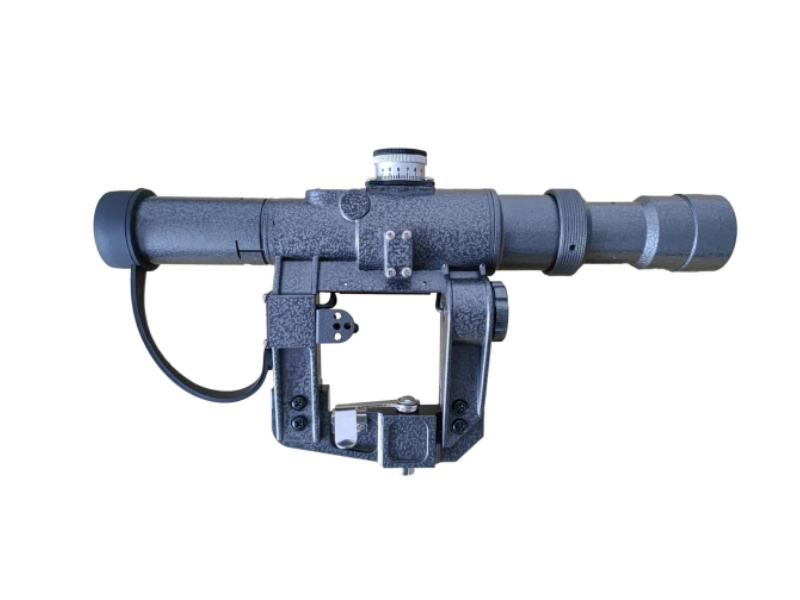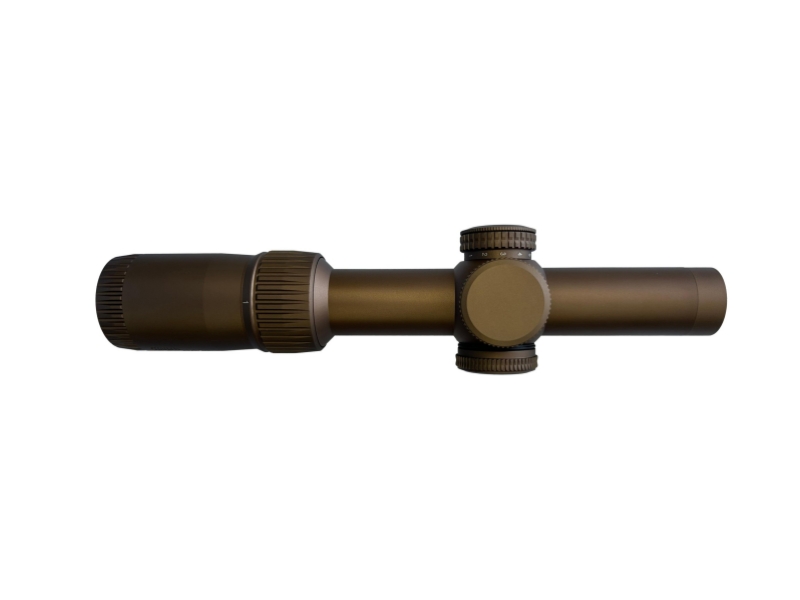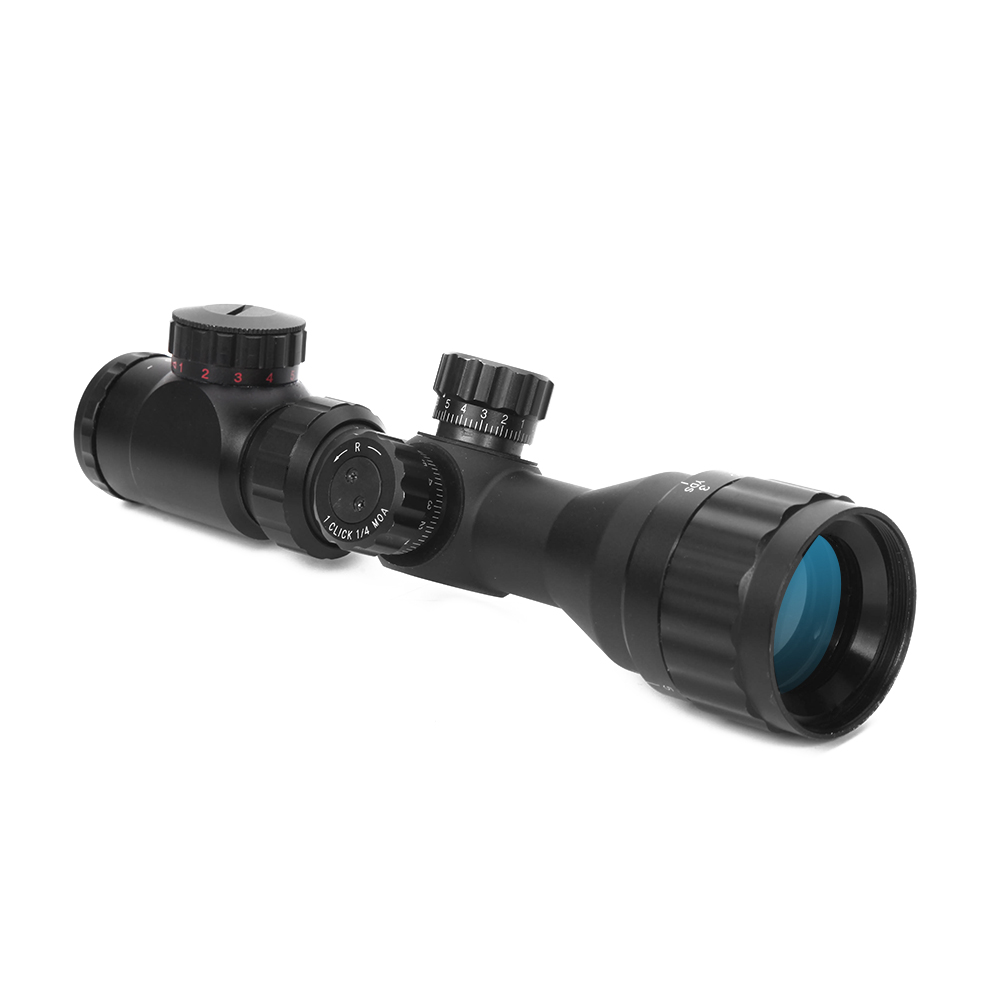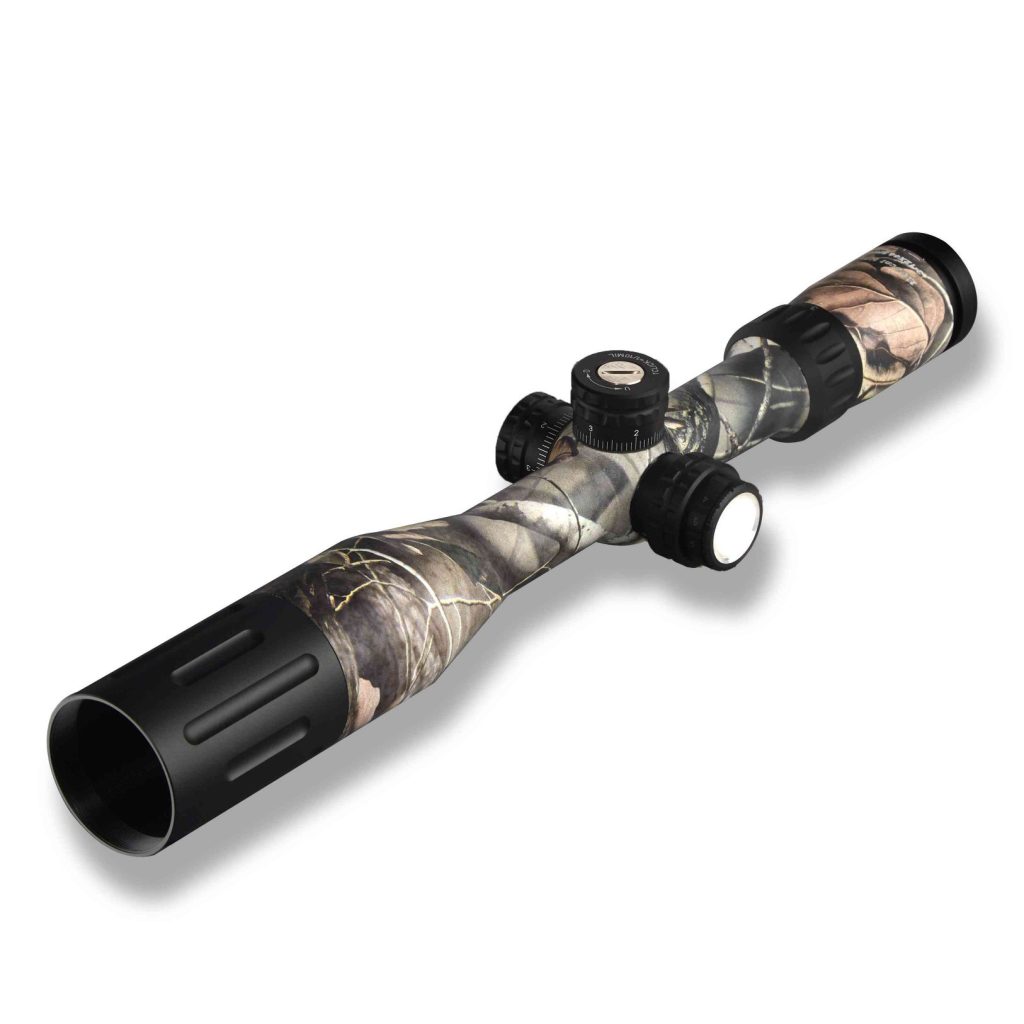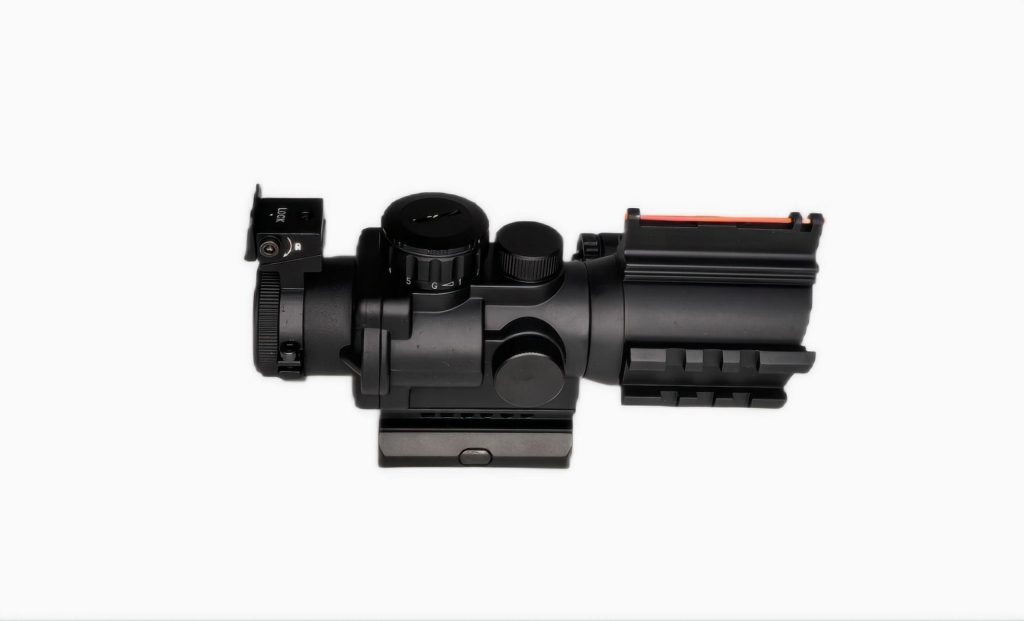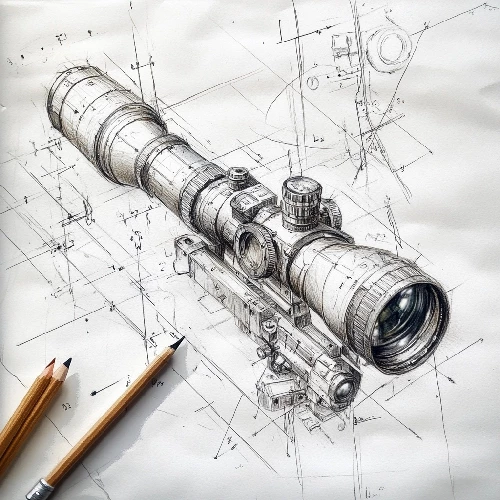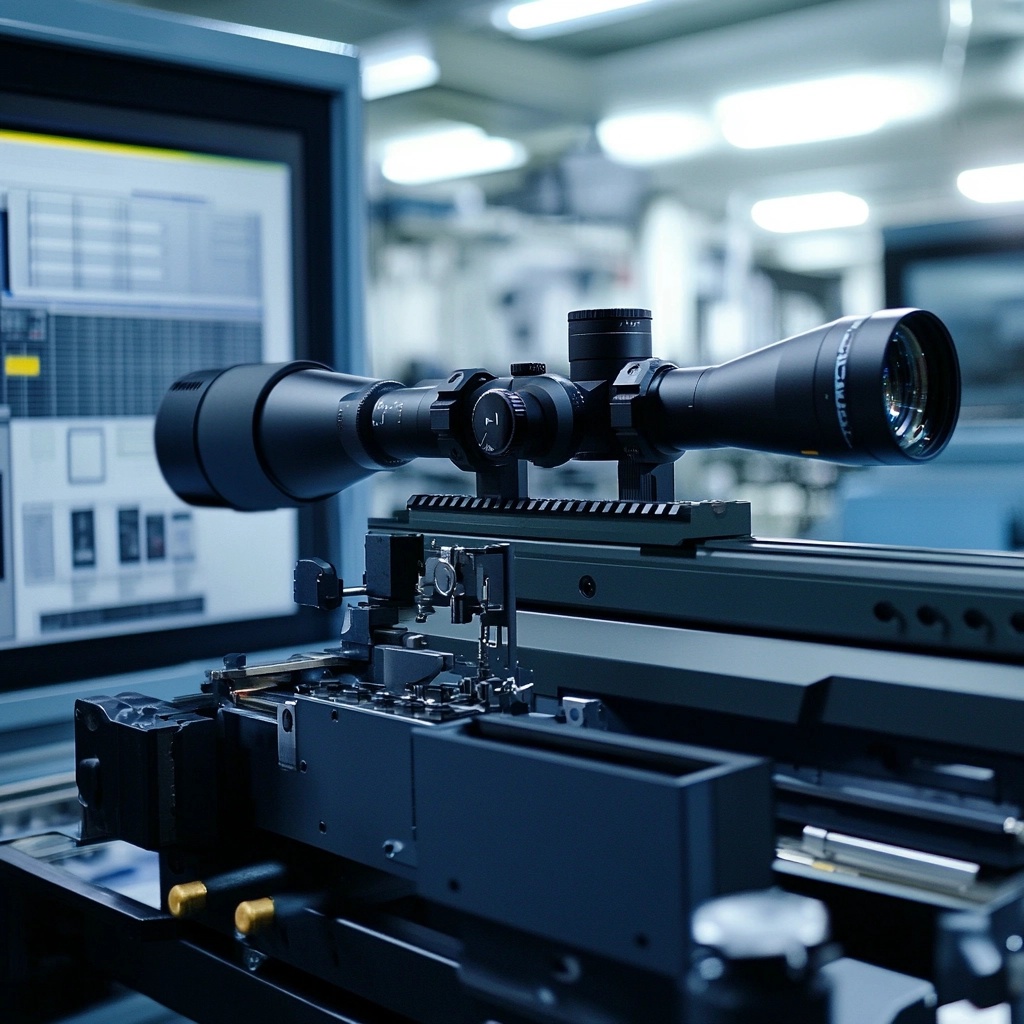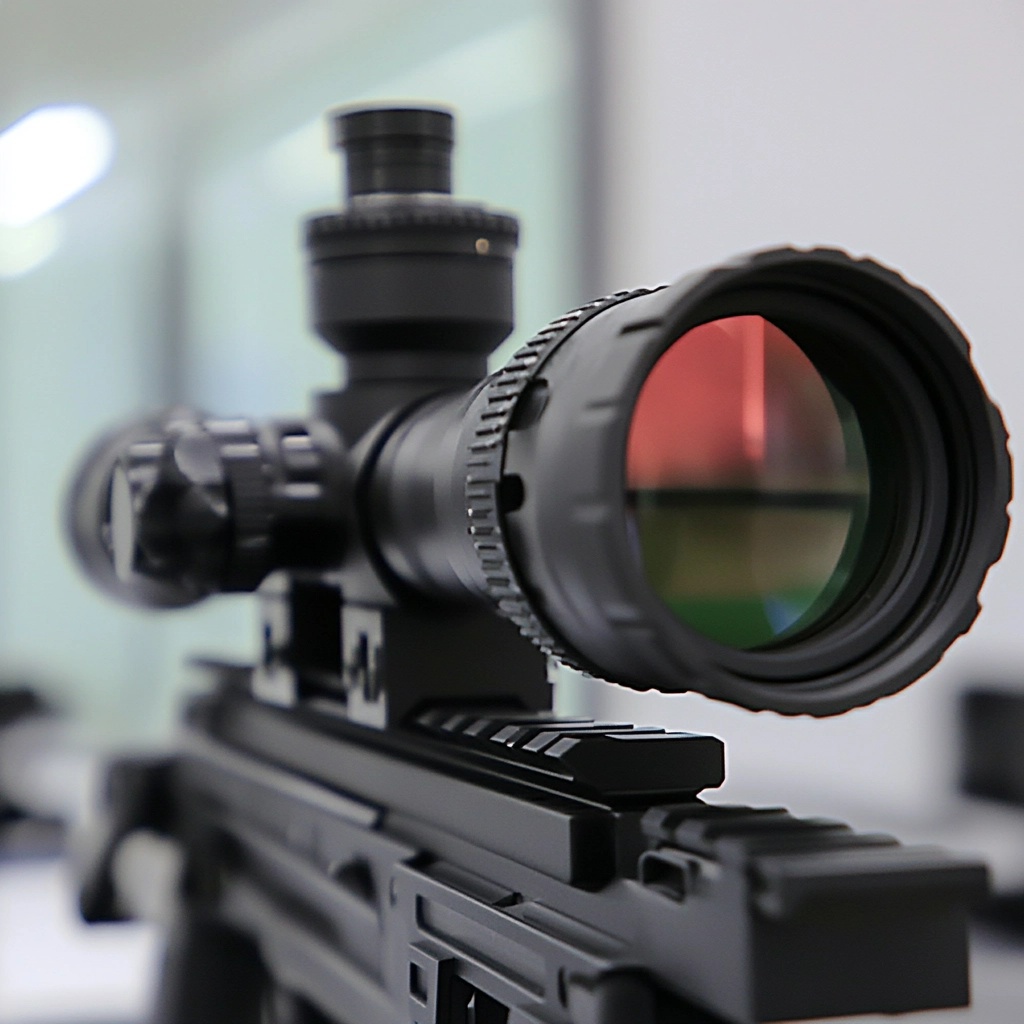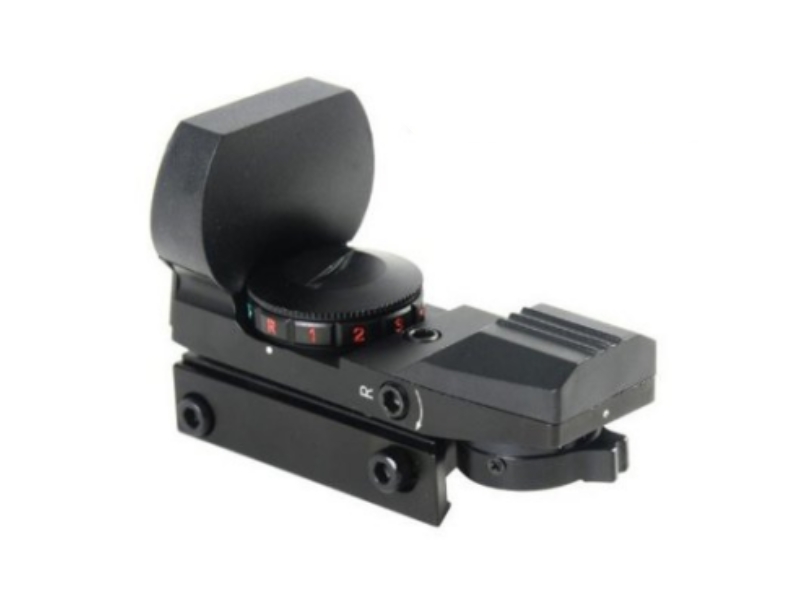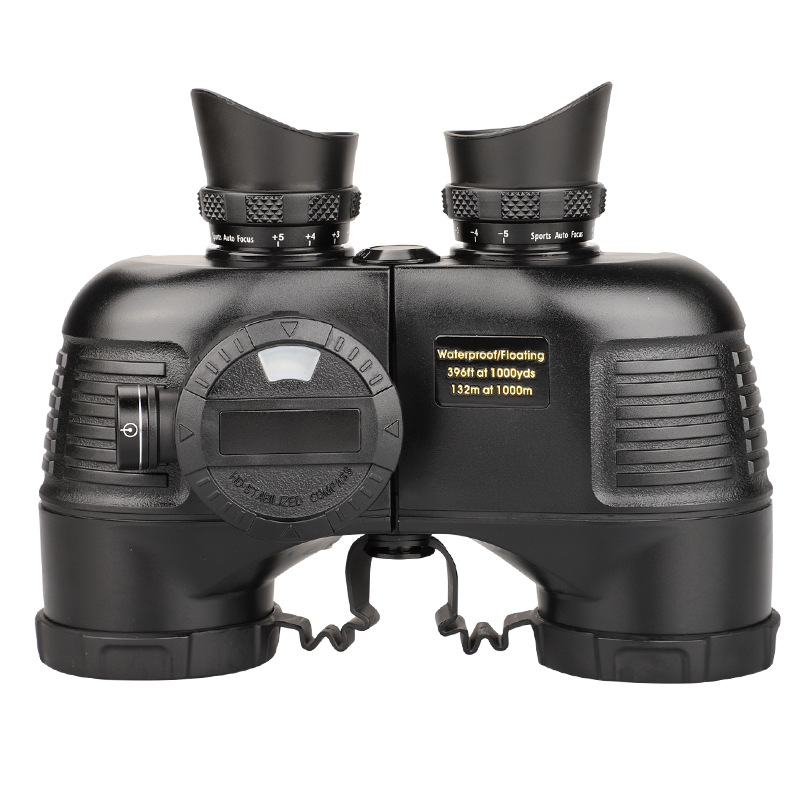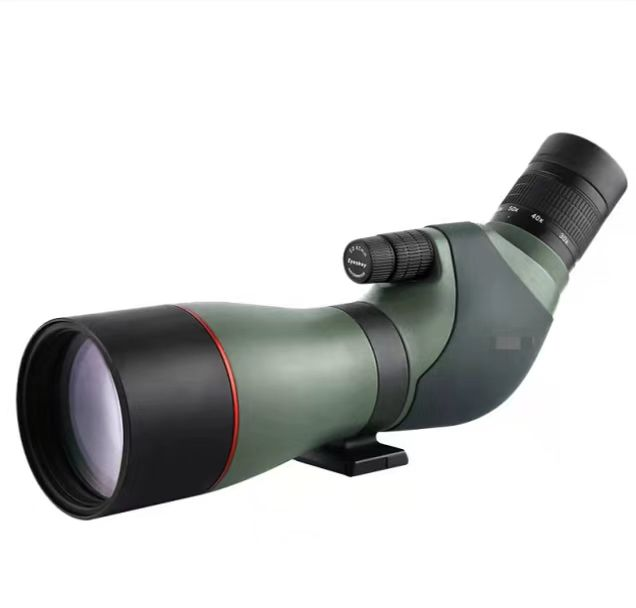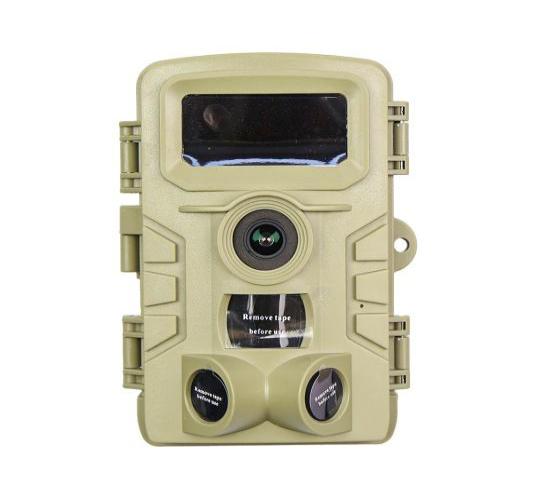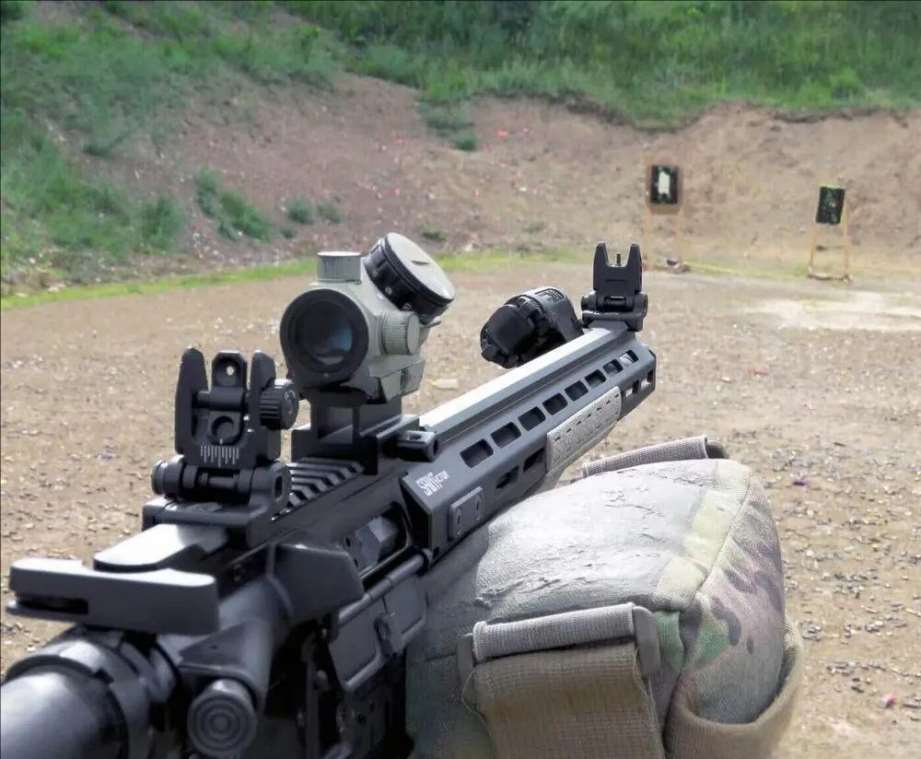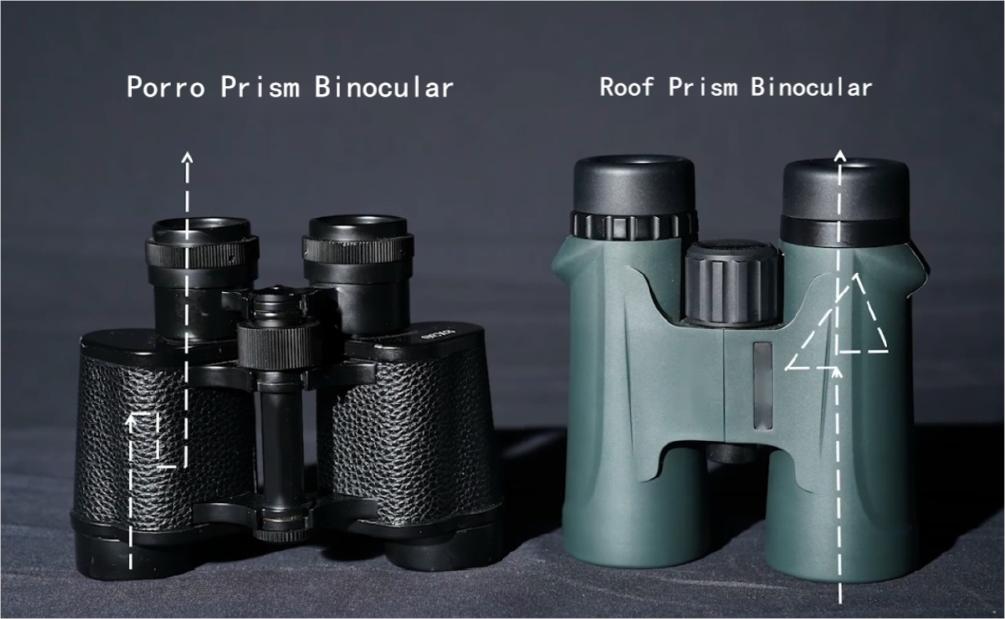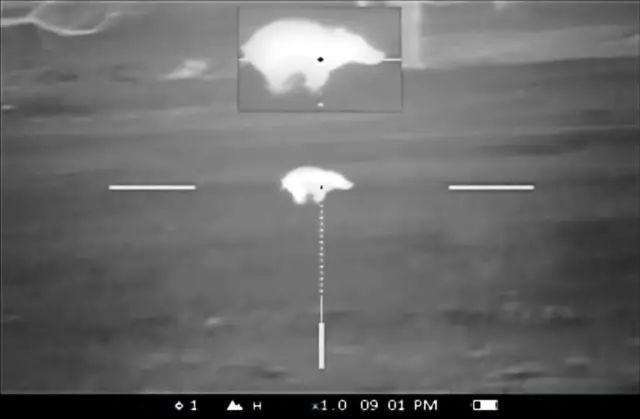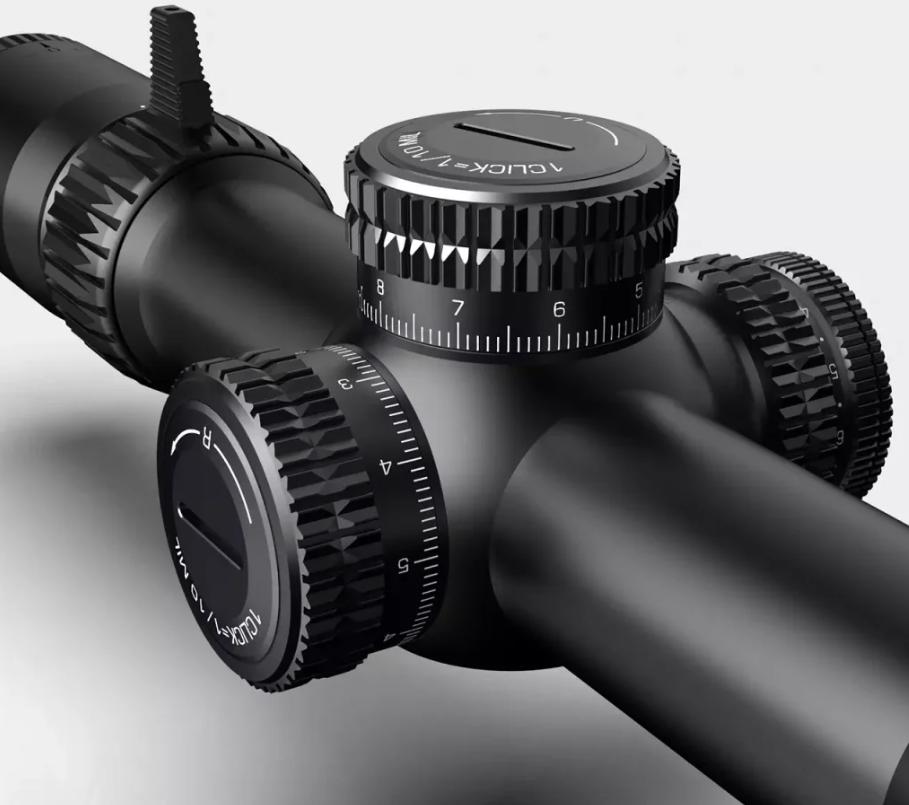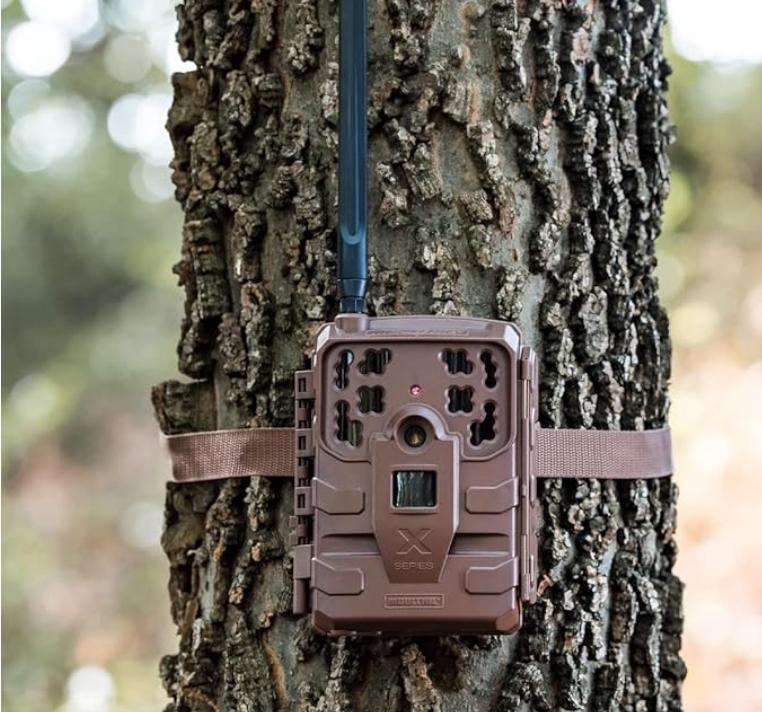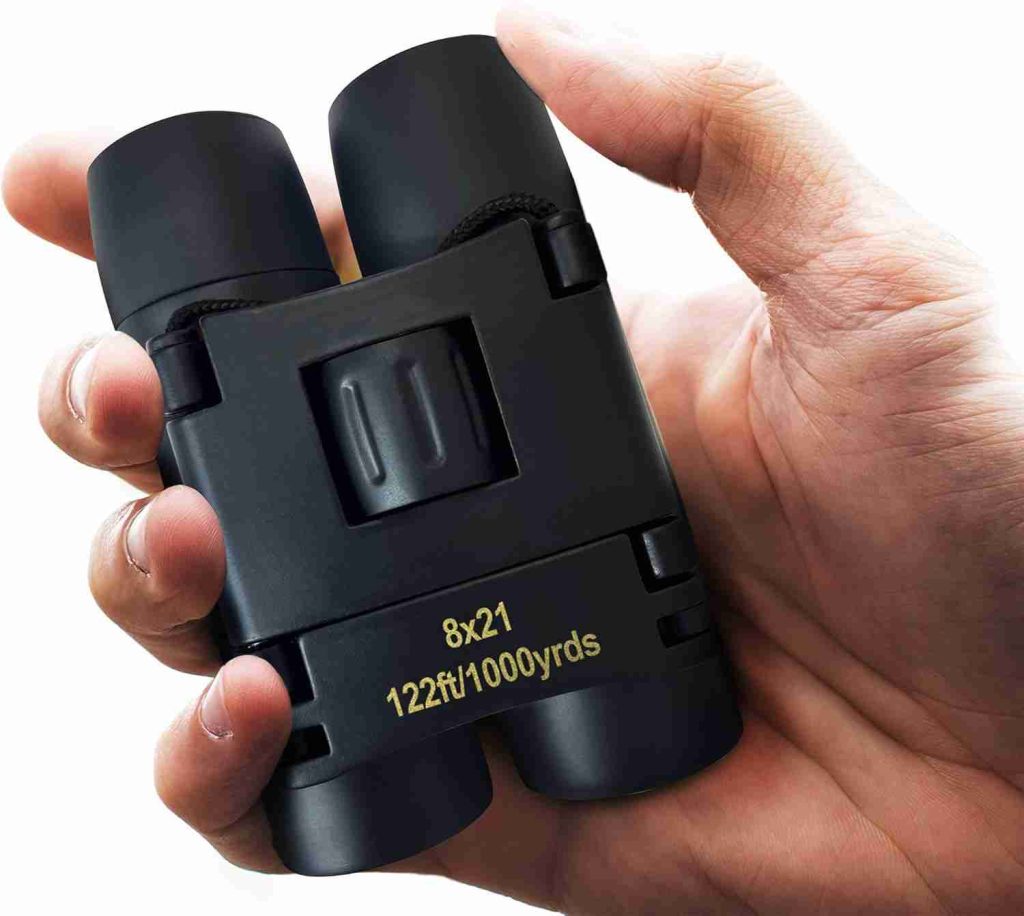Rifle Scopes
Since FORESEEN OPTICS produced its first simple 4×32 rifle scope in 1991, we have understood two core principles.
First, a rifle scope should not be seen as an isolated product; rather, it should be viewed as an accessory for firearms. Its purpose is to adapt to different firearms, accommodate various types of ammunition, and ensure that the projectile accurately reaches the target. Therefore, to create a scope that truly meets market demand, one must go beyond the scope itself and gain a deep understanding of different shooting scenarios and processes. This is the only way to determine the right categories, specifications, and features for rifle scopes.
Second, producing high-quality rifle scopes requires the integration of multiple technologies, including robust optical design, precise structural engineering, advanced machining equipment, and skilled assembly techniques. Only through the synergy of these elements can the ideal rifle scope be presented to our customers.
Based on these insights, we engage with customers in a two-step process.
Our Rifle Scopes
Can’t Find the Product You Want? We Can Customize It!
How to Choose the Rifle Scope?
Step 1: Choosing the Right Scope Category
The foundation of choosing the right scope is the combination of the **firearm platform** and the **primary shooting objective**. Usually, customers have a preliminary idea when they reach out to us, but to ensure they select the most suitable product, we classify our scopes based on the following characteristics to facilitate the initial selection process.
The firearm platform determines the appropriate scope category, mainly considering factors like size, weight, and recoil resistance. For instance, air rifles require higher recoil resistance; assault rifles are not suitable for long-tube scopes; and handguns require lightweight optics.
The primary shooting objective determines the application scenario for the scope (excluding night vision scenarios). Typically, both the main and secondary objectives must be considered. Achieving an all-purpose scope is often unrealistic or cost-ineffective due to the natural trade-offs between certain features. Below are categories for different use cases:
- Hunting Scopes: Suitable for outdoor hunting scenarios, these scopes generally need to withstand harsh environmental conditions.
- Tactical Scopes: Designed for tactical training and law enforcement, these scopes require quick target acquisition and strong shock resistance.
- Target Scopes: Ideal for precision shooting competitions, focusing on high magnification and extremely fine adjustments.
Step 2: Understanding the Customer’s Usage Scenario
The customer’s actual usage scenarios can be complex and diverse. For example, hunting involves multiple dimensions, each of which can affect a hunter’s equipment choices and strategies. Below are some specific reference dimensions:
- Regulatory Restrictions in Hunting Areas
Hunting Permits: Different regions have different hunting permit requirements, and even different states within the same country have independent hunting guidelines. This affects hunters’ need to update their equipment. Therefore, for regional brands or chain customers, we need to thoroughly research the hunting strategies in their covered areas and provide advice that complies with local regulations.
Hunting Seasons and Closed Seasons: Understanding the closed seasons and open seasons in hunting areas ensures that customers can stock and sell the appropriate scopes at the right times to meet fluctuating demand.
Permitted Weapon Types: Certain regions have strict regulations on the types of weapons allowed for hunting (e.g., rifles, bows, air rifles), which in turn affects the choice of scopes.
- Types of Game
- Large Game(e.g., deer, bear, elk): Typically requires high-precision, long-range scopes.
- Medium Game(e.g., wild boar, wolf, coyote): Suitable for scopes with medium magnification.
- Small Game(e.g., rabbits, birds, foxes): Often requires low magnification and wide field-of-view scopes.
- Flying Game(e.g., ducks, geese): Requires scopes with quick target acquisition and moving target tracking capabilities.
- Terrain Conditions
Ground Colors: Conditions like snow, sand, and forest affect the design of scope coatings and finishes to control reflection and ensure concealment.
- Weather Conditions
Temperature: In high-temperature environments, consider preventing lubricant leakage and addressing material expansion issues. In cold environments, ensure smooth movement of mechanical parts and prevent rubber seals from cracking.
Wind Speed Variations: In areas with high wind speeds, scopes need enhanced windage adjustment capabilities.
- Light Conditions
Light Intensity: In bright conditions, the scope’s objective lens diameter can be reduced for better portability. In low-light conditions, a larger objective lens is typically needed for improved light-gathering capability.
- Hunting Method
- Ambush Hunting: Requires durable scopes that can maintain aim for extended periods.
- Tracking Hunting: Requires lightweight, portable scopes that allow quick aiming.
- Vehicle-Based Hunting: Requires scopes with good shock resistance and stable mounting.
- Target Shooting Distance
- Close-Range Shooting: Suitable for low magnification or red dot scopes, emphasizing quick aiming.
- Mid-Range Shooting: Suitable for medium magnification scopes, balancing field of view and detail.
- Long-Range Shooting: Requires high magnification and precise adjustment capabilities to ensure shooting accuracy.
By deeply engaging with customers, we can not only help them choose the most suitable rifle scopes but also provide customized recommendations based on their specific needs and usage scenarios, ensuring they achieve the best possible experience and shooting results.
OTHER PRODUCTS FOR YOU
FORESEEN One-stop Service,
Save Worry, Save Trouble, Save Cost
Stock Combination Delivery
Solution Matching
Development from Scratch
Quick Customization
Deep Customization
Choose us, and make your brand even greater
Blog
Continuous investment in technology and product upgrades is our primary means of helping
clients maintain their market competitiveness.

